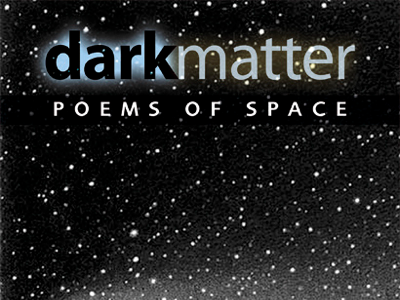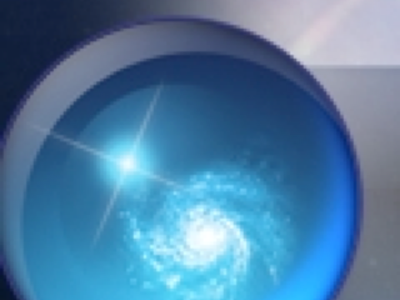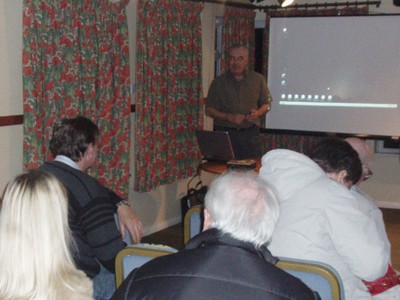Archive for April, 2009
Annual Quiz Reminder
Wednesday, April 29th, 2009

Wednesday 29th April 2009
A reminder that Papworth are defending the Admiral Smyth Trophy at the Annual Quiz this Friday (1st May) at 7.30pm in the Vinter Room. Come along and support the team!
See the Events page for more info about the quiz, and the Meetings page for a map of how to get to the Vinter Room.
Dark Matter: The Poetry of Space
Tuesday, April 28th, 2009

Institute of Astronomy, Cambridge
Tuesday, 28 April 2009, 19:30
What happens when poets and astronomers meet? Astronomers Jocelyn Bell Burnell and Paul Murdin will be in conversation with the poets James Fenton and Maurice Riordan, with readings from “Dark Matter: The Poetry of Space”.
The event will be chaired by the Director of the Gulbenkian’s art programme, Sian Ede. Entrance is free and everyone is welcome. Click here for directions to the Institute of Astronomy.
Discovering the Universe with the World Wide Telescope
Friday, April 24th, 2009

Sackler Lecture Theatre, Institute of Astronomy, Cambridge
Friday, 24 April 2009, 19:30
A public talk by Jonathan Fay, the lead scientist on Microsoft’s World Wide Telescope project, and an enthusiastic amateur astronomer.
The World Wide Telescope is an initiative from Microsoft that allows anyone to browse the Universe from the comfort of their own laptop. Combining up-to-date images from space- and ground-based telescopes with features such as expert guided tours, it is a project that can both inspire and educate anyone from the complete novice to the informed amateur.
Entrance is free and everyone is welcome. Click here for directions to the Institute of Astronomy.
Gary Poyner – “Variable Stars”
Wednesday, April 1st, 2009

Wednesday 1st April 2009
The club was treated to a tour de force of a talk from Gary Poyner, who came over from Birmingham to tell us about of variable stars in all their different forms. Gary has been observing these objects for forty years and is an acknowledged expert in the field, having been head of the variable star section of the BAA. He started the talk with a striking image of the summer constellations overlaid with an enormous numbers of variable stars that are visible by eye or through binoculars. This came as a surprise to those of us who thought that there were only a few such objects, like the famous Algol and Mira. Gary then went into detail about the different astrophysical mechanisms that give rise to variability in the brightness of stars; these included simple dimming of light by eclipsing binary stars to dramatic shifts of stellar material to form accretion discs. Throughout the talk he used animations to illustrate each mechanism and this certainly helped the non-expert. From the perspective of the amateur observer, it is interesting to see how accurate light curves of the many different types of variable stars can be produced just by using binoculars, a small telescope, or even the naked eye. The key is to use star charts with reference stars of defined magnitudes. Apparently it is possible to achieve an accuracy of 1/10 magnitude by eye and of course much greater with CCD images. Gary’s talk certainly gave us food for thought about the contributions that amateurs can make to astronomy through work on objects like variable stars. The following websites give more details: